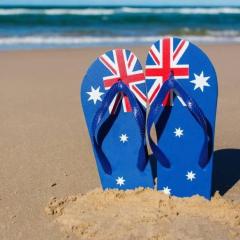-
Welcome to the eG Forums, a service of the eGullet Society for Culinary Arts & Letters. The Society is a 501(c)3 not-for-profit organization dedicated to the advancement of the culinary arts. These advertising-free forums are provided free of charge through donations from Society members. Anyone may read the forums, but to post you must create a free account.
Whiskey which one?
-
Similar Content
-
- 1 reply
- 326 views
-
- 363 replies
- 89,034 views
-
Microplane Graters 1 2 3
By =Mark,
- 63 replies
- 13,171 views
-
- 14 replies
- 891 views
-
Cake pan sizes 1 2
By Malawry,
- 41 replies
- 23,848 views
-
-
Recently Browsing 0 members
- No registered users viewing this page.





Recommended Posts